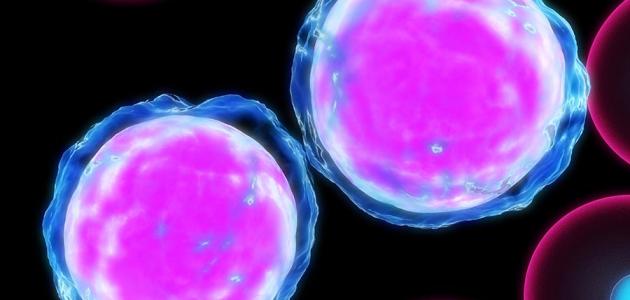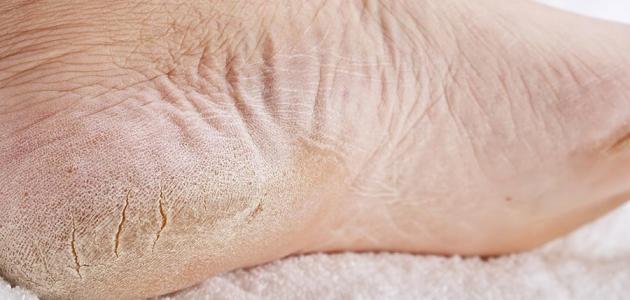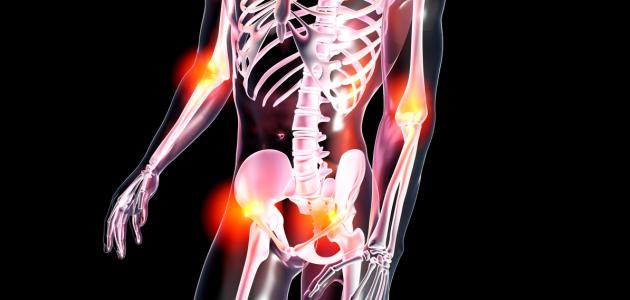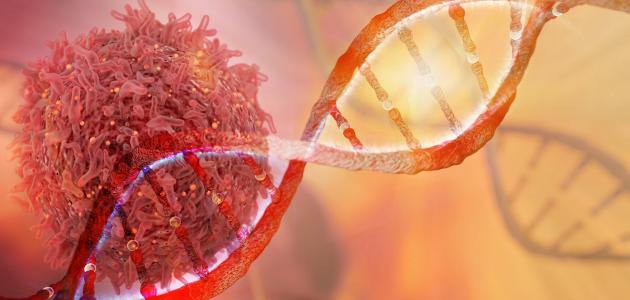Contents
Diagnosis of acute renal impairment
1) Pathological story:
Acute renal insufficiency usually results from numerous kidney injuries and is often synergistic, and the pathology story must contain information about
- The recent surgical and radiographic procedures that the patient was exposed to
- Previous and current use of drugs
- Previous and current use of drugs
- Allergic condition
- Presence of an underlying chronic kidney disease
- Family story of having a kidney disease
2) Clinical examination The clinical examination procedure must be organized to suit the differential diagnosis
3) Urinalysis: The microscopic examination of urine colic gives information that is useful in the differential diagnosis. The presence of anxious formed elements or only hyaline cylinders leads to the cause before or after renal insufficiency, and it is rare for the presence of red cells in the absence of a gallstone, trauma, infection, or tumor, and that a large Leukocytes may suggest infection, moderate inflammation, or allergic reaction somewhere in the urinary system.
4) Radiography
- Echocardiography is the best way to detect the presence of both kidneys and to assess the size and shape of the kidney
- A tomography of the kidney is particularly useful in assessing the nature of cystic masses
- Recurrent pyelogram, which is done by injecting a contrast medium into the ureteral meatus during an endoscopic examination of the bladder. As for the special indications, they are certain cases of suspicion of obstructive uropathy in which an intervention is expected to reduce the obstruction
- ) Biopsy is appropriate in selective cases only from the candidate patients because both the severity of the condition histologically and the clinical course of acute renal insufficiency do not closely coincide with each other in such cases and leave this method for patients who are suspected of having acute renal insufficiency or for patients who are expected to have inflammatory lesions. As severe as vasculitis, they need cytotoxic treatment
Diagnosis of chronic kidney insufficiency
The important goal of the diagnostic approach is to confirm the chronicity of renal disease with the detection of the causative causes of the disease and the qualitative approaches are made by discussing the specific causes of renal disease
Other topics on kidney failure
Read about: ( Kidney failure disease )
Read about: ( Examination of kidney function )
Read about: ( Causes of acute kidney failure )
Read about: ( Causes of Chronic Kidney Failure )
Read about: ( Symptoms of acute kidney failure )
Read about: ( symptoms of chronic kidney failure )
Read about: ( treatment of acute kidney failure )
Read about: ( Treating Chronic Kidney Failure )
References
Dr.. Muhammad Abd al-Rahman al-Ayniyeh, Principles of Internal Medicine Practice, 2005, The Faculty's Deficiencies, Dar Al-Quds for Translation
National Medical series for independent study 2005, 4th edition, renalfailure
















